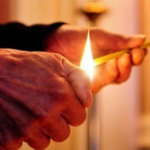The Udumbara flower holds special significance in Buddhism. In this article, let’s explore the uniqueness of the Udumbara flower and whether it truly blooms only once every 3,000 years!
1 What is the Udumbara Flower? Origin and History
The Udumbara flower, also known as Udumbara Patala or O-dam, is often associated with Buddhism. These flowers are extremely tiny, measuring only a few millimeters, and are pure white in color. Despite their diminutive size and fragile appearance, Udumbara flowers exude a subtle and pleasant fragrance.
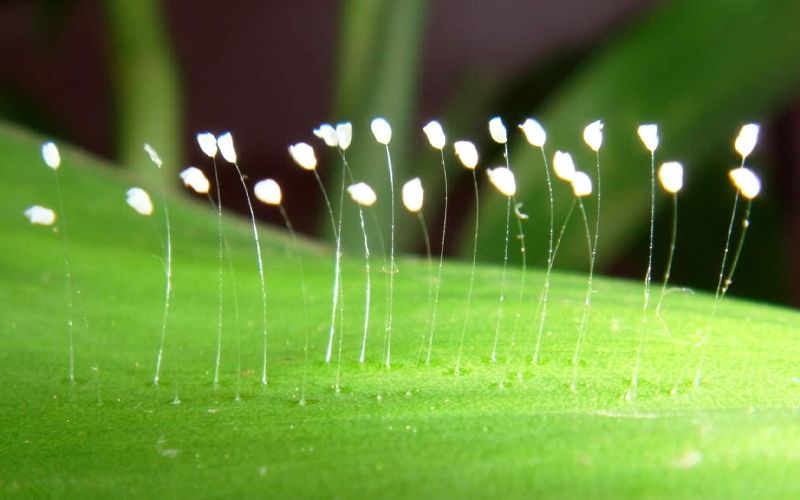 What is the Udumbara Flower?
What is the Udumbara Flower?
The Udumbara flower was first discovered in South Korea in 1997, where people were astonished to find tiny blossoms appearing on a statue of Buddha.
In Vietnam, there have been reports of Udumbara flowers sighted in Hai Phong on May 3, 2012, and subsequently in other regions such as Phu Yen, Quang Nam, Nam Dinh, Thai Nguyen, and Ho Chi Minh City.
2 Significance and Meaning of the Udumbara Flower in Buddhism
In Buddhism, the Udumbara flower holds deep spiritual significance. It is believed that these flowers appeared alongside the Buddha approximately 3,000 years ago. The white color of the Udumbara flower symbolizes purity and spiritual enlightenment.
 Significance of the Udumbara Flower
Significance of the Udumbara Flower
The small and delicate appearance of the Udumbara flower represents resilience and perseverance in the face of adversity. It signifies the strength and determination to rise above life’s challenges.
Additionally, the Udumbara flower is considered a harbinger of good fortune and auspicious events. Many believe that sighting a blooming Udumbara flower is an extremely lucky omen.
3 Identifying the Udumbara Flower
Due to their minuscule size, Udumbara flowers can be difficult to spot without careful observation. They resemble tiny white bells, emitting a delicate fragrance. The flowers often grow in clusters resembling a fist or thumb and are edible, although not particularly tasty.
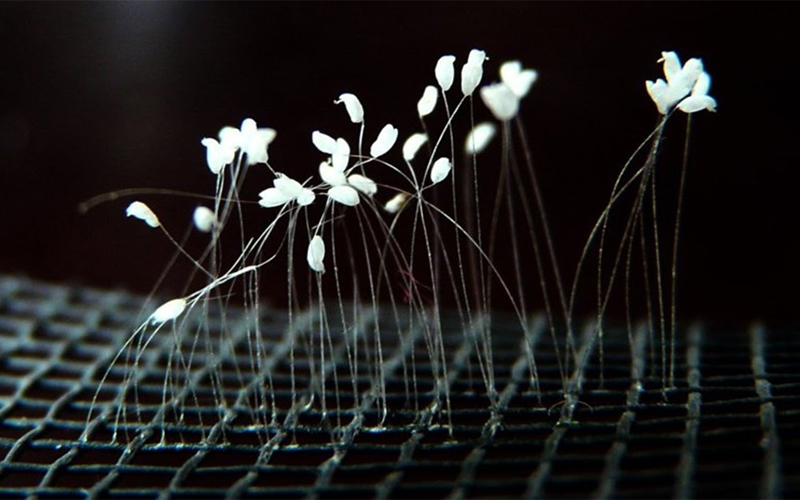 Size and Appearance of the Udumbara Flower
Size and Appearance of the Udumbara Flower
4 Different Perspectives on the Udumbara Flower
The Udumbara Flower in Buddhist Beliefs
According to the book “Huệ Lâm m Nghĩa”, the Udumbara flower is a sacred plant and a symbol of auspicious events. It is believed to signify the presence of the Tathagata or the Holy King of Dharma Wheel (Maitreya Buddha) on Earth.
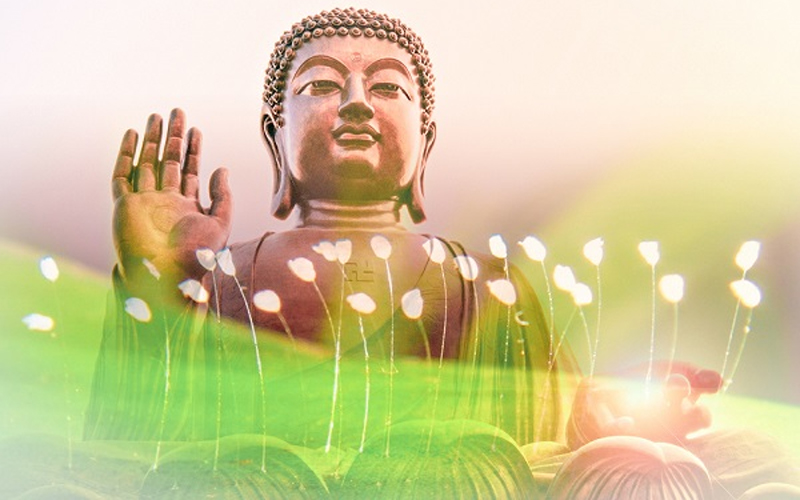 Udumbara Flower in Buddhist Symbolism
Udumbara Flower in Buddhist Symbolism
A Japanese Zen master, Dogen Hi玄, mentioned the Udumbara flower in his work “Shōbōgenzō,” referring to it as a sacred flower associated with the Buddha. He believed that the Buddha placed these flowers on Gṛdhrakūṭa Mountain, and they are known as Udonge in Japanese.
The Udumbara Flower from a Scientific Perspective
Scientists who have examined the Udumbara flower under a microscope suggest that it resembles parasitic larvae found on hosts. There has also been confusion between the flower and the eggs of the Lacewings insect.
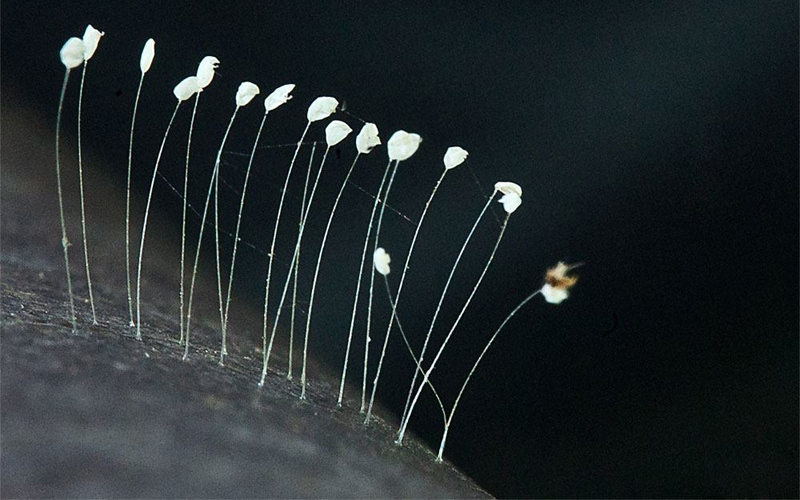 Scientific Perspective on the Udumbara Flower
Scientific Perspective on the Udumbara Flower
However, scientific research has revealed that the Udumbara flower is simply a lower form of life without a tissue structure. It is a type of slime mold that thrives under specific environmental and climatic conditions.
5 Does the Udumbara Flower Really Bloom Once Every 3,000 Years?
Based on scientific studies, the Udumbara flower is a common slime mold that reproduces when the conditions are favorable. Therefore, contrary to popular belief, it does not bloom only once every 3,000 years.
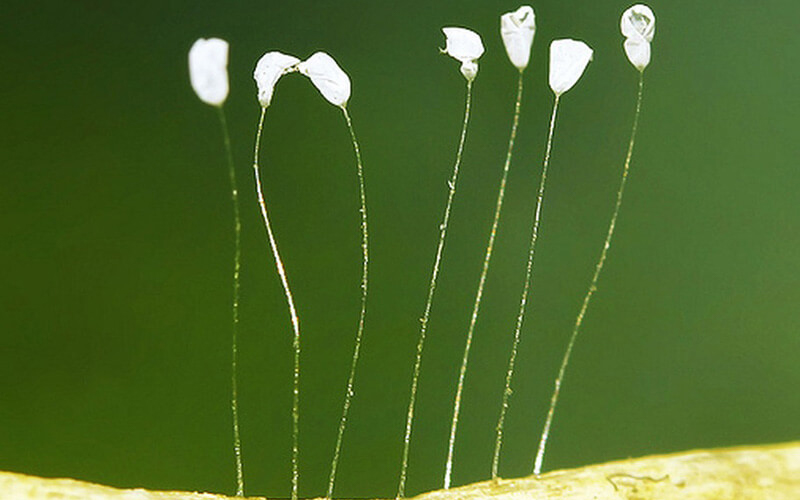 Blooming Cycle of the Udumbara Flower
Blooming Cycle of the Udumbara Flower
This article has provided insights into the unique Udumbara flower and its significance in Buddhism. We hope you found it informative and interesting!
The Significance of Vietnamese Incense-burning Culture: Do you truly understand?
Incense is a cherished tradition in Vietnamese culture that has been passed down through generations. Lighting incense is a way to show respect, gratitude, and reverence towards our ancestors, grandparents, and divine beings. It is a beautiful and meaningful practice that holds a special place in the hearts of Vietnamese people.


























